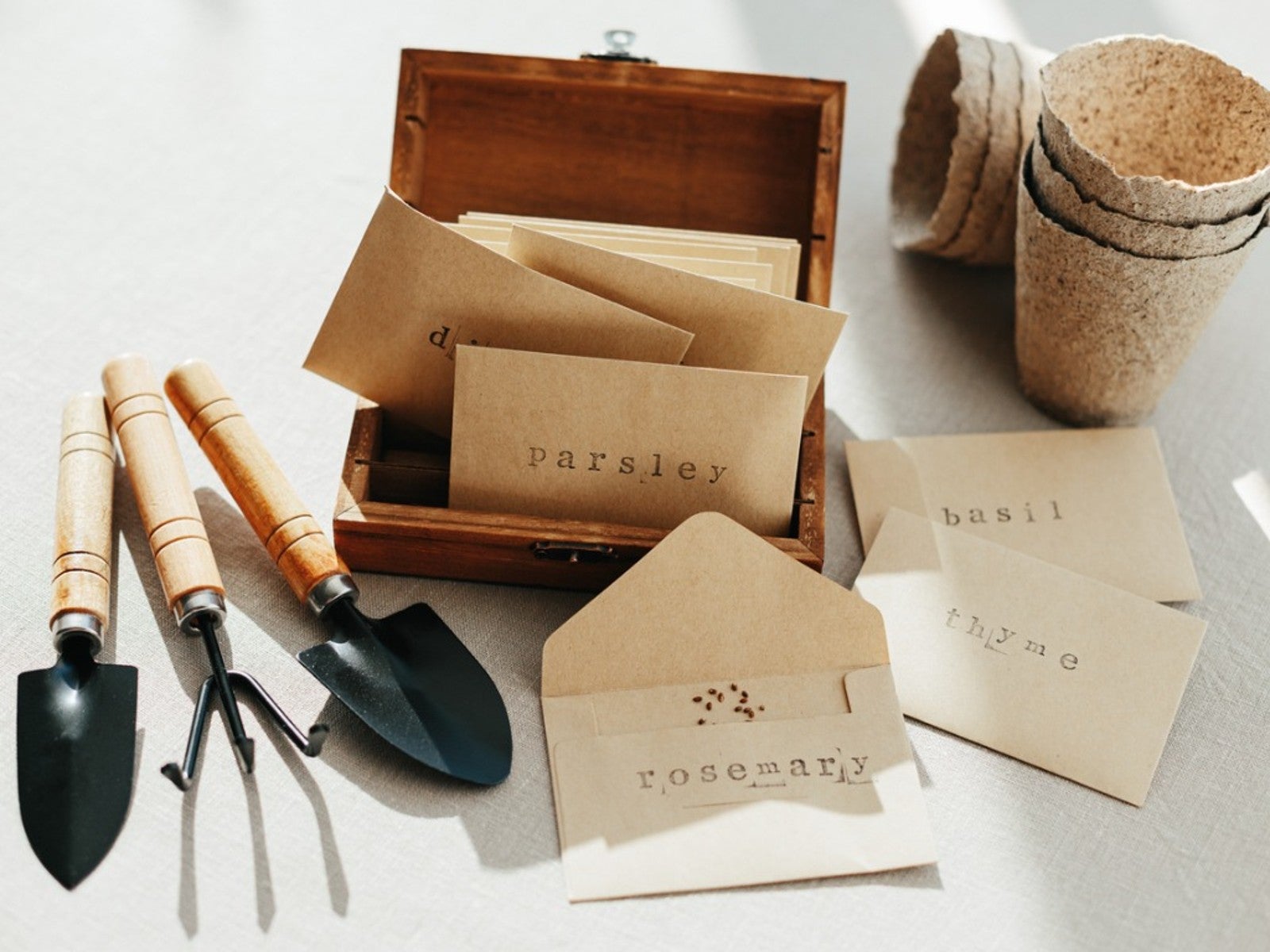Seed Saving Tips For National Seed Swap Day


Supply chains are finicky. That's why it is important to stock up on items when you can. This includes saving your seeds. Saved seeds supply your family with favorite foods, are cost saving, and can ensure food in the future. Seed exchanges are popular and may be found online, in your community, and through certain organizations.
It is important to know how to harvest seeds and then how to store seeds properly. Temperature, light, and moisture levels are crucial to the seed remaining viable.
Our grandparents and great grandparents saw saving seed as a necessity. Nurseries and big box stores were not on every corner, and mail order was nearly unthinkable. Our modern seed selection far outshines what they had available, but it isn't so much the variety as the availability that is important. Saving your favorite variety of squash is one part of the seed saving equation, but so is trade, purchase, and barter. Using such methods, along with access to seed exchanges will provide variety and successful seed for your region.
How to Harvest Seeds
The true DIYer will save their own seed from foods they harvested. In some cases, the seed from purchased produce may be saved, but it is often not viable due to processing. The best seeds to save are open pollinated hybrids.
Save seeds from ideal specimens of food. Avoid those that are misshapen or stunted. Plants in the same species may have the chance to cross breed, leading to strange fruits.
Harvest seed from plants that are self pollinating to avoid crossbreeding. Beans, tomatoes, lettuces, and peas are all self pollinating. Plants in the same botanical group, such as squash, may easily crossbreed. Of course, such activity can result in a happy accident. Similarly, when saving flower or other seed, select blooms that have developed mature seed and are dry. Flowers such as zinnia or foxglove make ideal candidates for seed saving.
How to Store Seeds
Seed saving supplies vary. Kits may be purchased which will have everything you need, but you can store seed in a variety of items. The key is to keep seed in a cool, dark place. Before you store the seed, it must be dry. Make sure the seed is free of pulp and other materials. Dry on paper towels, racks, or other sites until the seed is completely without moisture. It should be hard, brittle, and not dent with a fingernail. The container for storage could be glass bottles, plastic bags, or even paper envelopes. Make sure each container is labeled with the harvest date and variety of seed. Store the seed in a dark, cool location such as the basement, attic, or in some varieties, the refrigerator crisper. As long as seed is dry and not exposed to light, it should remain viable until the next season.
Gardening tips, videos, info and more delivered right to your inbox!
Sign up for the Gardening Know How newsletter today and receive a free copy of our e-book "How to Grow Delicious Tomatoes".
Types of Seed to Save
As mentioned, seed that is self pollinating is the safest bet. These would be:
- eggplant
- peas
- peppers
- tomatoes
- lettuce
- beans
But just because these are the easiest seeds to save and rely upon a true result, you can still save seed from wind or open pollinated plants. Use mesh bags around flowers as seed forms to prevent cross pollination. Or plant varieties likely to crossbreed far away from each other or at different times so they aren't flowering together. This is especially true for plants in the Brassica family and squashes.
- broccoli
- pumpkin
- winter squash
- summer squash
- okra
- onion
- corn
- cucumber
- garlic
- cilantro
- chive
- kale
Select seed from only the plants that have the characteristics you desire: the tastiest tomato, the spinach that doesn't bolt, and any that are disease and pest resistant. By doing so, you will ensure a happier, healthier garden and beautiful produce and flowers.

Bonnie Grant is a professional landscaper with a Certification in Urban Gardening. She has been gardening and writing for 15 years. A former professional chef, she has a passion for edible landscaping.